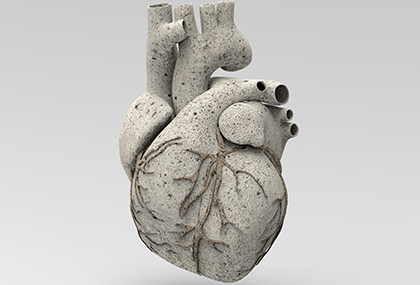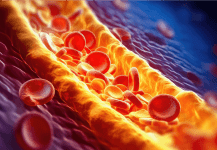Lately, the complexity of percutaneous coronary artery interventions (PCI) has seen an increase, mainly driven by the increasing prevalence of coronary lesion calcification, which represents a significant challenge for interventionists. Untreated calcification might result in insufficient stent expansion, a high risk factor of thrombosis and instent restenosis. Historically, several devices have been used to treat…
Use of IVL in Calcified Coronary Lesions in a Real World Population
The presence of calcification in coronary arteries (CAC) remains a challenge for the percutaneous treatment of these lesions. Several studies have established the link between CAC and poor long term results. Intravascular lithotripsy (IVL) has surged as a tool to induce calcified plaque fracture. Even though studies on this strategy are not randomized, they have…
Use of Intravascular Lithotripsy vs. Rotational Atherectomy for Severely Calcified Coronary Lesions
Severely calcified coronary stenosis poses a significant challenge for coronary angioplasty procedures. Modifying plaque before stenting is crucial to a successful intervention, since it will prevent the sub expansion associated to worse clinical outcomes at followup. The tools employed to assess complex lesions include specialized balloons such as cutting, scoring, or high pressure balloons, as…
ROTA.shock Outcomes: Intravascular Lithotripsy vs. Rotational Atherectomy
At present, severe calcified coronary stenosis poses a significant challenge for PCI. A successful intervention will require plaque modification prior stenting, seeing as sub-expansion has been associated with worse clinical outcomes at followup. The tools normally used to treat these complex lesions include specialized balloons such as cutting, scoring, and high pressure balloons, as well…
CRUNCH Registry: An Option for Underexpanded Stents
Coronary calcification hinders both stent transfer and implantation, and has been associated with a higher risk of complications. Coronary perforation is the worst of them. In turn, these calcifications affect the preparation of coronary plaque, resulting in an underexpanded stent (US), which is a strong predictor of restenosis and early thrombosis. For the management of…



